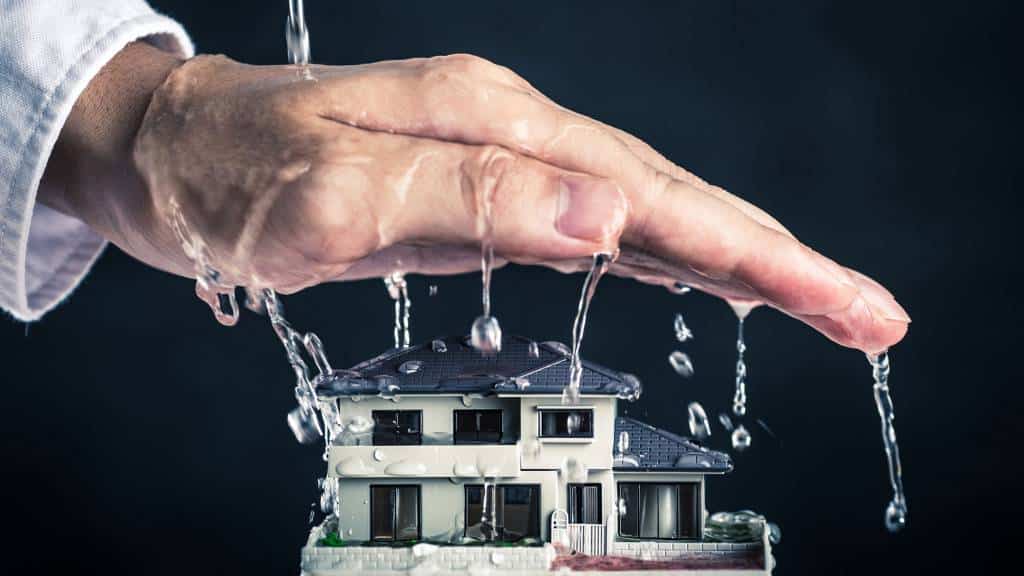How to Stop the Six Most Common Water Leaks in Your Home
How to Stop the Six Most Common Water Leaks in Your Home
Blog Article
This great article listed below about Common Water Leaks In House is especially motivating. Give it a try and draw your own personal ideas.

Leakages not only trigger waste of water yet can additionally trigger unneeded damages to your home as well as advertise unwanted organic growth. Sadly, water leaks may go undetected since most of the pipework in our residence is hidden. By looking and recognizing for day-to-day circumstances that cause leaks, you can protect your house from future leaks and unneeded damages. Today, we will look at six leakage causes that may be causing your pipelines to leak.
Trespassing roots
Most water leakages begin outside the house rather than inside it. You could notice wet spots or sinkholes in your yard, as well as that could mean that tree roots are attacking water lines causing water to seep out.
Rusty water systems
As time passes by, your plumbing system ages and also deterioration such as rust may start eating away the pipes. This might be the reason for discoloration or warping on your pipes. This calls for an evaluation with your plumber promptly. If our plumbing system is old, consider replacing the pipelines given that they are at a higher risk of rust than the more recent versions.
Defective Pipeline Joints
Pipe joints can wear away over time, resulting in water leaks. If you have noisy pipes that make ticking or banging sounds, specifically when the warm water is turned on, your pipeline joints are most likely under a lot of pressure.
Instantaneous temperature level modifications.
Extreme temperature level changes in our pipelines can create them to broaden and get unexpectedly. This development as well as contraction may trigger splits in the pipes, specifically if the temperature level are listed below freezing.
Poor Water Connectors
Sometimes, a leak can be caused by loosened hoses and also pipes that supply your devices. Typically, shifting is what creates the loose water Links. You might find when it comes to a washing equipment, a hose pipe might spring a leak as a result of shaking throughout the spin cycle. In case of a water connections leakage, you may observe water running straight from the supply line or pools around your home appliances.
Blocked Drains
Obstructed drains may be irritating and also inconveniencing, however they can sometimes wind up creating an overflow bring about rupture pipelines. Maintain eliminating any kind of materials that may decrease your drains pipes that can clog them to prevent such aggravations.
All the above are reasons for leaks yet not all water leakages result from plumbing leaks; some leaks may originate from roof leaks. All leaks must be fixed immediately to avoid water damages.
Leakages not just create waste of water yet can also cause unneeded damages to your residence as well as promote undesirable organic growth. By looking and understanding for everyday circumstances that trigger leaks, you can secure your residence from future leakages and also unneeded damages. Today, we will certainly look at 6 leakage triggers that might be creating your pipelines to trickle.
At times, a leakage can be created by loose hose pipes as well as pipelines that supply your home appliances. In situation of a water connections leak, you may discover water running directly from the supply line or puddles around your devices.
How To Check For Water Leak In Your Home
How To Check for Leaks
The average household's leaks can account for nearly 10,000 gallons of water wasted every year and ten percent of homes have leaks that waste 90 gallons or more per day. Common types of leaks found in the home are worn toilet flappers, dripping faucets, and other leaking valves. These types of leaks are often easy to fix, requiring only a few tools and hardware that can pay for themselves in water savings. Fixing easily corrected household water leaks can save homeowners about 10 percent on their water bills.
To check for leaks in your home, you first need to determine whether you're wasting water and then identify the source of the leak. Here are some tips for finding leaks:
Take a look at your water usage during a colder month, such as January or February. If a family of four exceeds 12,000 gallons per month, there are serious leaks.
Check your water meter before and after a two-hour period when no water is being used. If the meter changes at all, you probably have a leak.
Identify toilet leaks by placing a drop of food coloring in the toilet tank. If any color shows up in the bowl after 10 minutes, you have a leak. (Be sure to flush immediately after the experiment to avoid staining the tank.)
Examine faucet gaskets and pipe fittings for any water on the outside of the pipe to check for surface leaks.
Undetected water leaks can happen without the home or business owner even realizing. If you suspect a water leak, but not able to find the source. It is time to contact a professional water leak detection service, The Leak Doctor.
How To Find a Water Leak In Your Home
https://www.leakdoctor.com/blog/How-To-Check-For-Water-Leak-In-Your-Home_AE197.html

Do you enjoy reading about Most Common Causes of Leaky Pipes? Leave feedback down the page. We would be pleased to hear your feelings about this blog. We hope that you visit us again in the near future. Do you know about anybody else who is fascinated with the topic? Feel free to promote it. Thanks so much for going through it.
Call Today Report this page